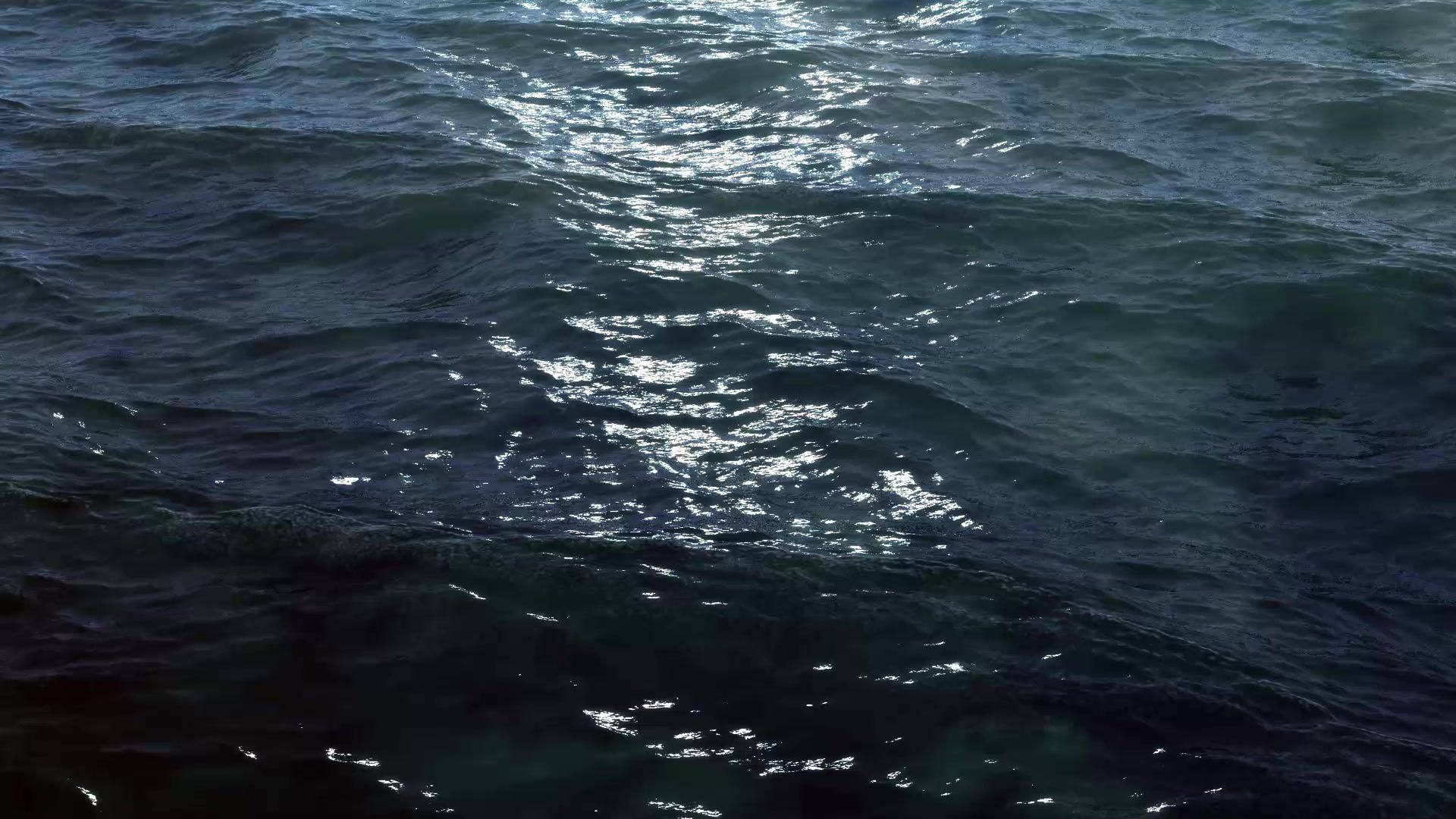
Call us today to find out more! 123-456-7890
DON'T LET A CLAIM RAIN ON YOUR PARADE.
Request a Free Personal Umbrella Insurance Quote
Fill out this form
Find out more!

As the largest fish in the sea, reaching the maximum length of 40 feet (12 meters) or more, whale sharks have a long list from which to choose to eat. Fortunately for most sea-dwellers—and us!—their favorite meal is plankton. They scoop these tiny plants and animals up, along with any small fish that happen to be around or in their way.
Feeding
The whale shark, is the world's second largest fish. It eats everything that gets in its way.
Features
The whale shark's flattened head, edgeless snout above its mouth with short tentacles from its nostrils. Its back and sides are gray to brown with white spots around its whole body with pale vertical and horizontal stripes, and its belly is white. Its two fins are set on the sides of its body.
Population
Preferring warm waters, whale sharks are found all around the tropical seas. They are known to migrate every spring in the waters of central west coast of Australia.
The area of Ningaloo Reef provides the whale shark with an abundant supply of plankton.
Although massive, whale sharks are docile fish and sometimes allow swimmers to hitch a ride. They are currently listed as a vulnerable species; however, they continue to be hunted in parts of Asia, such as the Philippines.
Whale Sharks
Sunday - Thursday
7:00 am to 2:00 pm
Uunavailable on Weekends
Evenings by Appointment
Hours
Location
HOURS & LOCATION
Status:
Vulnerable
Type:
Fish
Diet:
Carnivore
Size:
18 to 32.8 ft (5.5 to 10 m)
Weight:
Average, 20.6 tons (18.7 tonnes)
Group name:
School
Did you know?
The largest whale shark ever measured was 40 feet (12.2 meters) long; however, the species is thought to grow even bigger.


